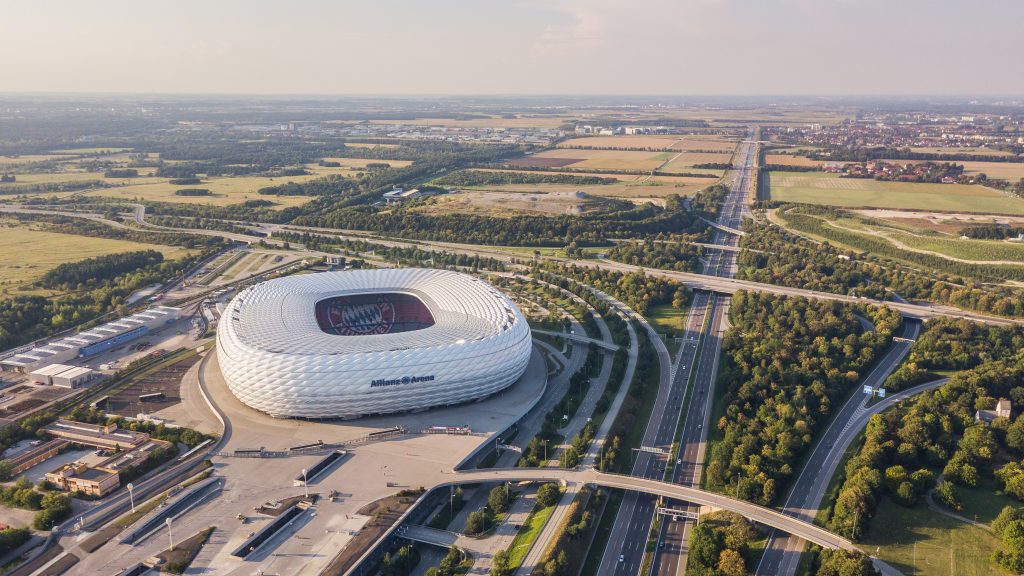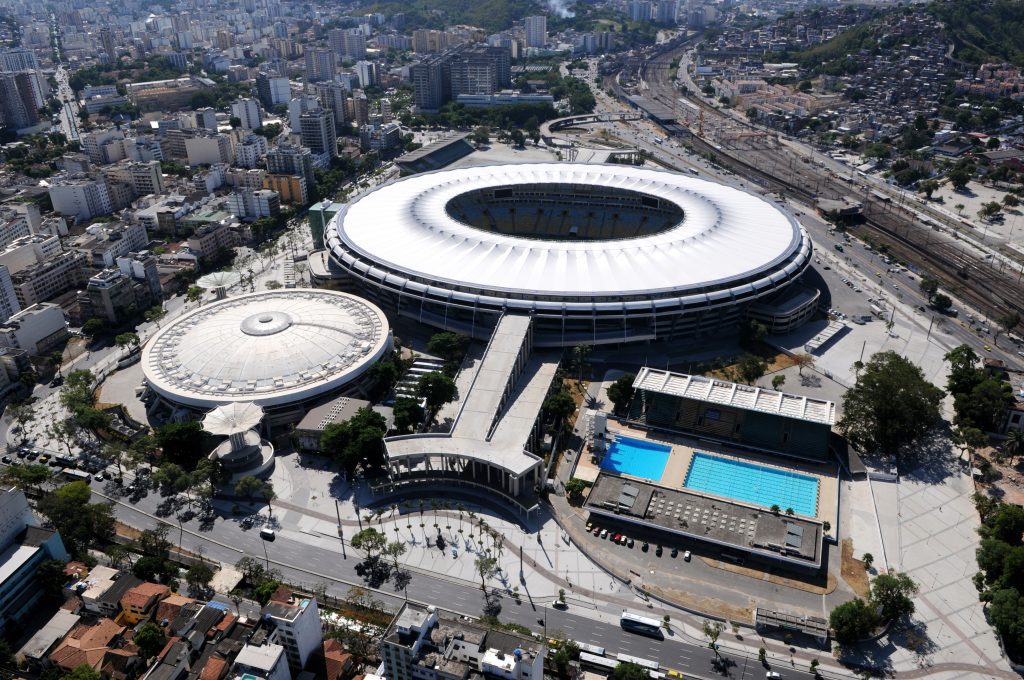Architectural Wonders: The 3 Most Beautiful Football Stadiums in the World
Football, also known as soccer in some parts of the globe, is not just a sport; it’s a way of life that unites supporters from all walks of life. Beyond the thrilling matches, the stadiums themselves often become iconic landmarks, showcasing remarkable architectural beauty. In this article, we’ll take you on a virtual tour of the three most breathtaking football stadiums worldwide that stand as testaments to human creativity and design.
Allianz Arena, Munich, Germany
Situated in the heart of Munich, Germany, the Allianz Arena is a mesmerizing masterpiece of contemporary stadium design. What sets this stadium apart is its innovative facade, which is adorned with inflated ETFE (ethylene tetrafluoroethylene) panels that can be illuminated in various colors. This feature allows the stadium to change its exterior appearance to match the home team’s colors, transforming the arena into a vibrant sea of red when Bayern Munich plays or a serene blue for 1860 Munich. The dynamic lighting effects produce a visually stunning phenomenon, especially when seen at night.
Inside, the stadium offers world-class facilities and seating for over 75,000 spectators, providing an exceptional football experience. The Allianz Arena is not just a sports venue; it’s a symbol of architectural innovation and a source of immense pride for Munich.

Santiago Bernabéu Stadium, Madrid, Spain
Home base to one of the most storied football clubs in the world, Real Madrid, the Santiago Bernabéu Stadium is a true architectural treasure. Located in the heart of Madrid, Spain, this iconic arena has seen countless historic football moments. Its elegant, neoclassical design and towering white facades exude an air of grandeur and tradition.
The stadium is currently undergoing an ambitious renovation project that will improve its beauty and functionality. Plans include the addition of a retractable roof, an immersive 360-degree video scoreboard, and a revitalized exterior with stunning panoramic views of Madrid. Once completed, the Santiago Bernabéu Stadium will be even more breathtaking and cement its status as one of the world’s most beautiful football venues.
Maracanã Stadium, Rio de Janeiro, Brazil
The Maracanã Stadium in Rio de Janeiro, Brazil, is an iconic symbol of football’s significance in the country. It has a rich history and has hosted numerous legendary matches, including the 1950 FIFA World Cup final, one of the most famous football matches of all time. The stadium experienced extensive renovations for the 2014 World Cup and the 2016 Olympics, conserving its historical essence while updating its facilities.
What makes the Maracanã Stadium so beautiful is its unique, elliptical shape and towering grandstands that seem to embrace the pitch. The surrounding landscape, with the iconic Christ the Redeemer statue in the backdrop, adds to its allure. The stadium’s capacity can exceed 78,000 spectators, making it one of the largest and most captivating football venues globally.

In conclusion, these three football stadiums – the Allianz Arena in Munich, the Santiago Bernabéu Stadium in Madrid, and the Maracanã Stadium in Rio de Janeiro – stand as architectural wonders that transcend the realm of sports. They are not just places to watch football; they are landmarks that celebrate human ingenuity and the global passion for the beautiful game.
